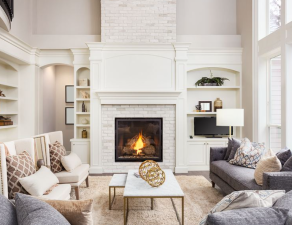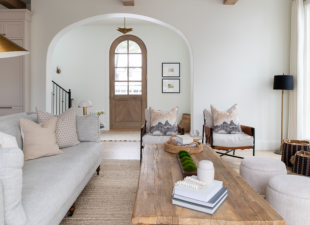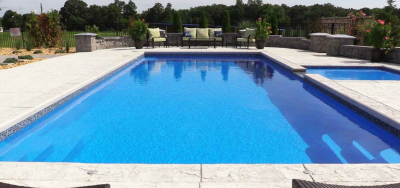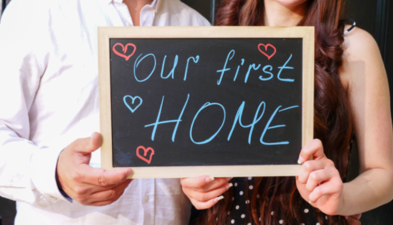What Are the Most Popular Home Styles in Europe?
Minimalist lines, clean design, and practical functionality have earned Nordic design countless fans worldwide. People love its minimalist, clean look and its perfect combination of practicality and beauty.
But your impression of Nordic style shouldn't stop there. In the home decor field, most interior designers struggle to clearly define Nordic design.
Many people don't know that Nordic style isn't actually a single style, but rather a synthesis of the design styles of the five Nordic countries (Denmark, Sweden, Norway, Finland, and Iceland).
Danish Design

Simplicity, practicality, and elegance are all synonymous with Danish design. Danish design is renowned for its sleek lines and sophistication, and is the only Nordic country where a touch of luxury can be found.
The most famous Danish design is the chair. In addition to furniture and industrial design, Danish design has also developed across a wide range of fields, including fashion, beauty, electronics, ceramics, and homewares.
Danish design is more playful and emphasizes color than design from other Nordic countries. Due to historical reasons, Danish design is deeply influenced by the German Bauhaus style and also incorporates some Japanese elements.
Tip: Denmark is now the only Nordic country to host a Fashion Week.
Swedish Design
Swedish design is centered around minimalism, emphasizing functionality and clean lines. Swedish design is the most accessible, meaning excellent design is accessible to everyone, especially in furniture.
Many people's impression of Nordic style stems entirely from Swedish design: minimalism, low color, and practicality.
Sweden is also known for its traditional crafts, including glass, Dala horses (Dala hourse), and Sami handicrafts.
Tip: Sami handicrafts are bone and leather products made by the Finno-Ugric people of the Sami region.
Norwegian Design

Norwegian design is the least stylistic of the five Nordic countries and is the Nordic design that best integrates modernism.
Most Norwegian design is outdoorsy, prioritizing practicality.
Finnish Design
Finnish design is not just about form; it also encompasses the material. Finland's abundant forest resources often make extensive use of solid wood in interior design. Finnish design emphasizes organic and renewable elements, believing that everything is borrowed from nature and will eventually be returned.
Icelandic Design
Contemporary Icelandic design may be an anomaly within Nordic design. While not necessarily impractical, Icelandic design is renowned for its consistently avant-garde design.
Wool plays a prominent role in traditional Icelandic design, while more modern materials such as fish skin are also used in contemporary designs.


